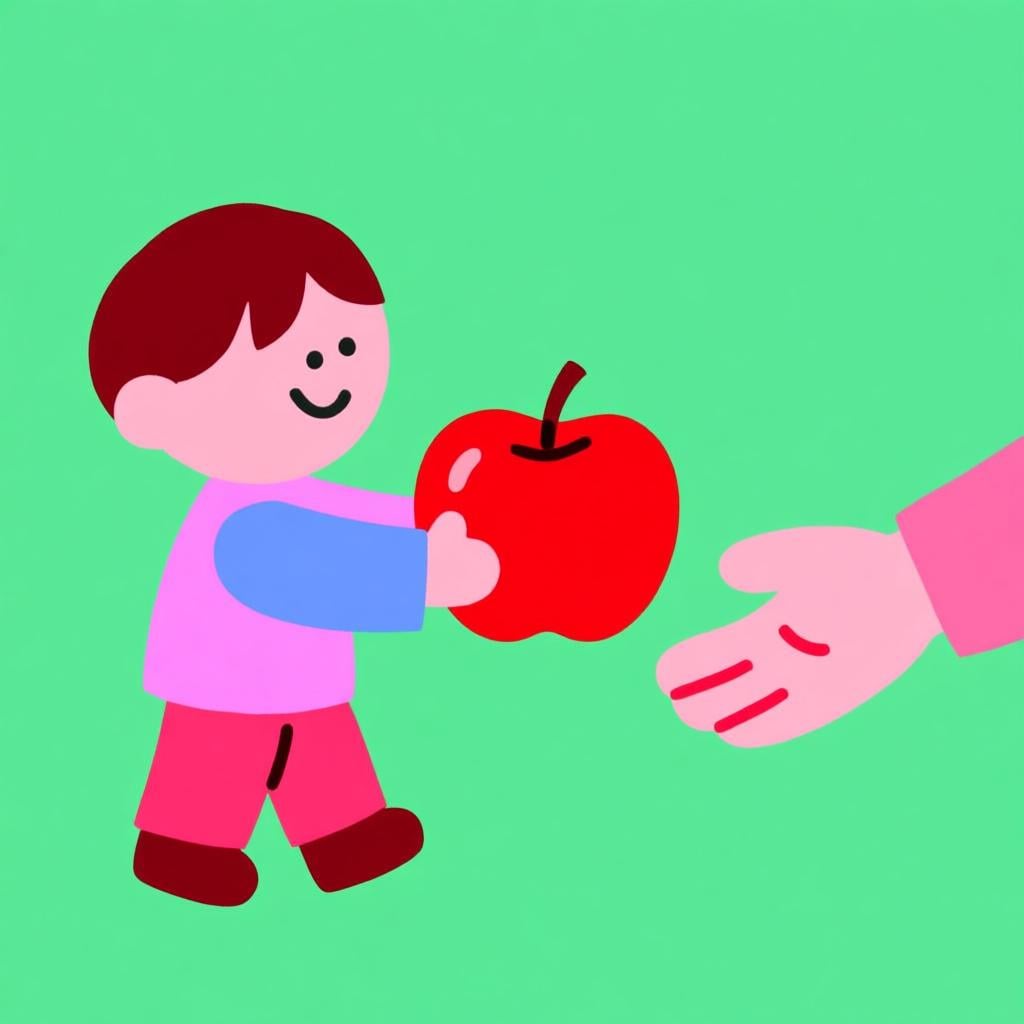
dame
DAH-meh
Quick Reference
📝 In Action
Dame el libro, por favor.
A1Give me the book, please.
Dame un minuto, ya casi termino.
A2Give me a minute, I'm almost done.
Si tienes frío, dame la mano.
A2If you're cold, give me your hand.
Dame tu opinión sincera.
B1Give me your honest opinion.
💡 Grammar Points
Two Words in One!
'Dame' is actually two words squished together: 'da' (the command 'give') and 'me' ('to me' or 'me'). When you give a positive command in Spanish, you attach these little words directly to the end of the verb.
Informal 'You' (tú)
'Dame' is the command you use with friends, family, or people your age (the 'tú' form). For someone you'd address as 'usted' (like a boss or a stranger), you would say 'déme'.
❌ Common Pitfalls
Negative Commands are Different
Mistake: "No dame eso."
Correction: No me des eso. (Don't give me that.) For negative commands ('don't do something'), the little word 'me' moves to the front of the verb, and the verb form changes. They don't stick together like they do for positive commands.
'dame' vs. 'darme'
Mistake: "Quiero dame un regalo."
Correction: Quiero darme un regalo. (I want to give myself a gift.) 'Dame' is only for commands. When it follows another verb like 'quiero' (I want) or 'puedes' (you can), you need the base form 'darme'.
⭐ Usage Tips
Soften it with 'Por Favor'
Just like in English, adding 'por favor' (please) makes your request much more polite. 'Dame el agua' is a bit blunt, but 'Dame el agua, por favor' is perfect for most situations.
✏️ Quick Practice
💡 Quick Quiz: dame
Question 1 of 1
How would you ask a friend (tú) to give you the keys?
📚 More Resources
Frequently Asked Questions
What's the difference between 'dame' and 'darme'?
'Dame' is a command: 'Give me!' You use it to tell someone what to do. 'Darme' is the base form, meaning 'to give me'. You use it after other verbs, like in '¿Puedes darme el libro?' (Can you give me the book?).
How do I say 'give it to me'?
You add another little word, 'lo' (it), to the end: 'dámelo'. Notice that an accent mark is added to keep the stress on the 'da' part.
Is 'dame' polite?
It's direct and informal. With friends and family, it's perfectly normal. In other situations, like at a store or with someone you don't know, it's always a good idea to add 'por favor' (please) to be more polite. For extra politeness or formality, you can use '¿Me puede dar...?' (Can you give me...?).